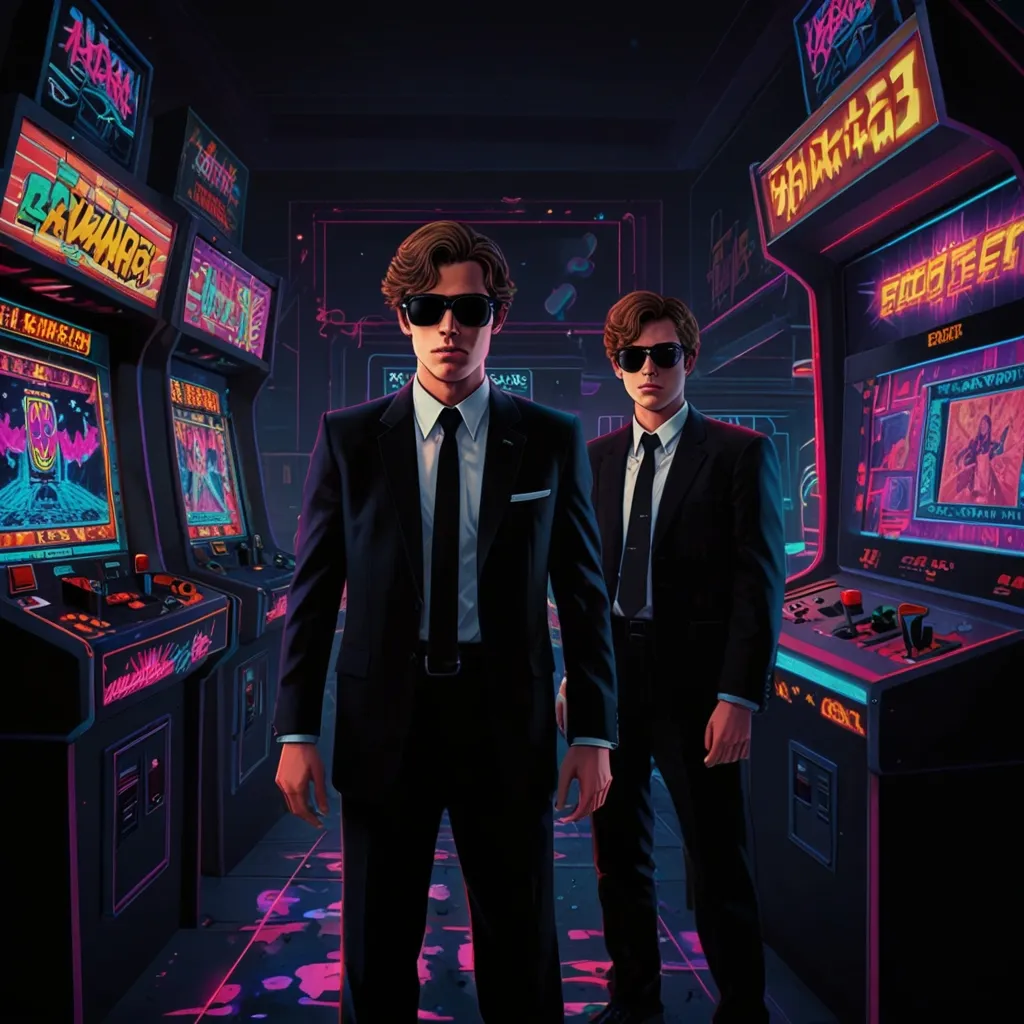In 1983, David Oates accidentally dropped his Walkman into a toilet. For those too young to remember, a Walkman was a portable music player that used cassettes. These were the way we jammed out to tunes long before digital media existed. After the mishap, David’s device began playing tapes in reverse. At first, this seemed amusing—many songs had backward messages intentionally embedded by the artists. But soon, David discovered something incredible: human speech also contained unintentional hidden messages when played backward.
It turns out we all subconsciously encode the truth into our speech, even when we lie. This realization turned David’s life upside down. Reverse recordings, it seems, have been a curiosity since Thomas Edison’s phonograph era to modern-day instances of Electronic Voice Phenomena (EVP) where ghost hunters try to detect messages from beyond. But it wasn’t until the Beatles experimented with backward messages in their music that the practice went mainstream.
The Beatles’ use of backward messages even spawned an urban legend that Paul McCartney died in a car crash in 1966 and was replaced by a look-alike named Billy Campbell. Fans pored over album art and songs in reverse, looking for clues that supported the Paul-is-dead theory. For example, on the “Abbey Road” album cover, Paul is the only Beatle walking out of step and barefoot, symbolizing he wasn’t one of them anymore. Hidden messages like “I buried Paul” in “Strawberry Fields Forever” and secret phrases in “I’m So Tired” and “Revolution 9” became fan obsessions.
Hidden messages in music, called backmasking, became iconic. Some messages were funny, some disturbing, and others downright eerie. This led David Oates to explore if reverse speech could be applied to regular conversations. He found startling results: people frequently insert subconscious messages into their speech. This has huge implications for uncovering truths, especially among politicians and public figures.
Interestingly, the CIA took an interest in reverse speech in the early 1990s. They examined David’s analysis of speeches by President Bush during the Gulf War and found it unsettlingly accurate. This interest led to David conducting workshops for intelligence agencies. Post these workshops, David experienced mysterious incidents like drive-by shootings and break-ins, suggesting someone didn’t want his findings public.
David Oates has used reverse speech to help law enforcement agencies solve crimes and businesses sniff out fraud. He’s even trained people to use reverse speech to understand their subconscious thoughts better, aiding in personal development. Although often dismissed as pseudoscience, the government and intelligence communities, ironically, take it seriously enough to keep tabs on it.
Despite the skepticism, reverse speech is fascinating. The human brain, a powerhouse of processing capabilities, can theoretically handle backward speech. Just look at John Austin, a guy who speaks and sings in reverse effortlessly.
Reverse speech raises eyebrow-worthy possibilities, like recording a family member’s speech and uncovering hidden truths, though practicality and ethics remain questionable. For politicians and those in power, reverse speech could be a tool for transparency, albeit at the cost of potential chaos.
In essence, the choice is ours: live with hidden truths and the status quo or challenge the norm with the possibility of unearthing uncomfortable truths and facing the consequences. The intrigue around reverse speech isn’t going away anytime soon, and it certainly keeps the debate alive.






